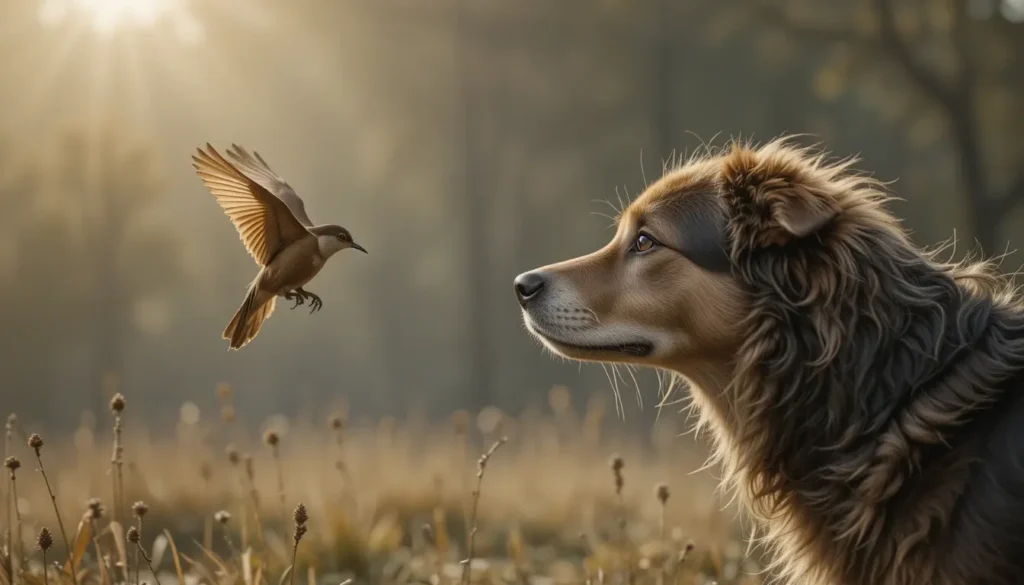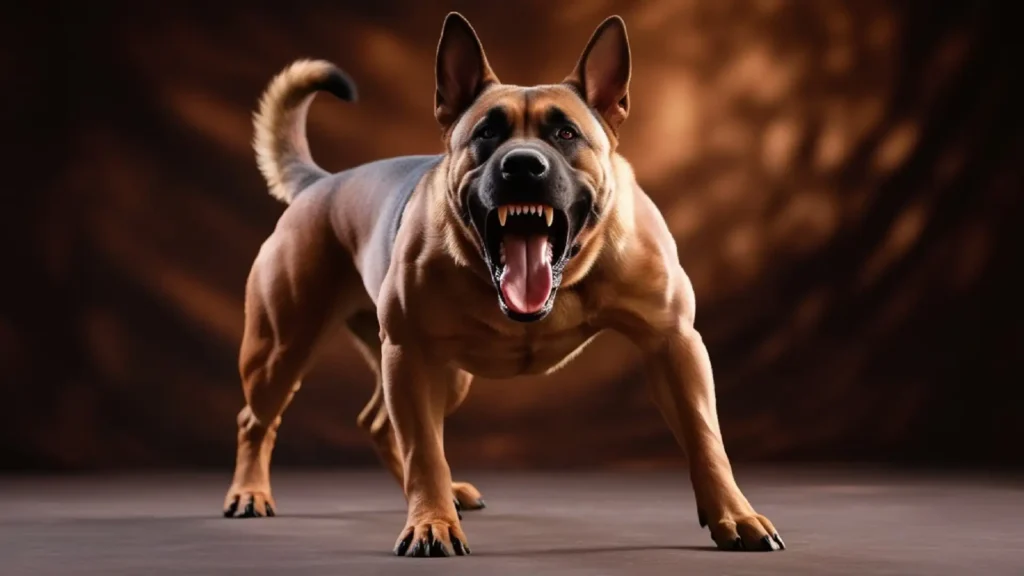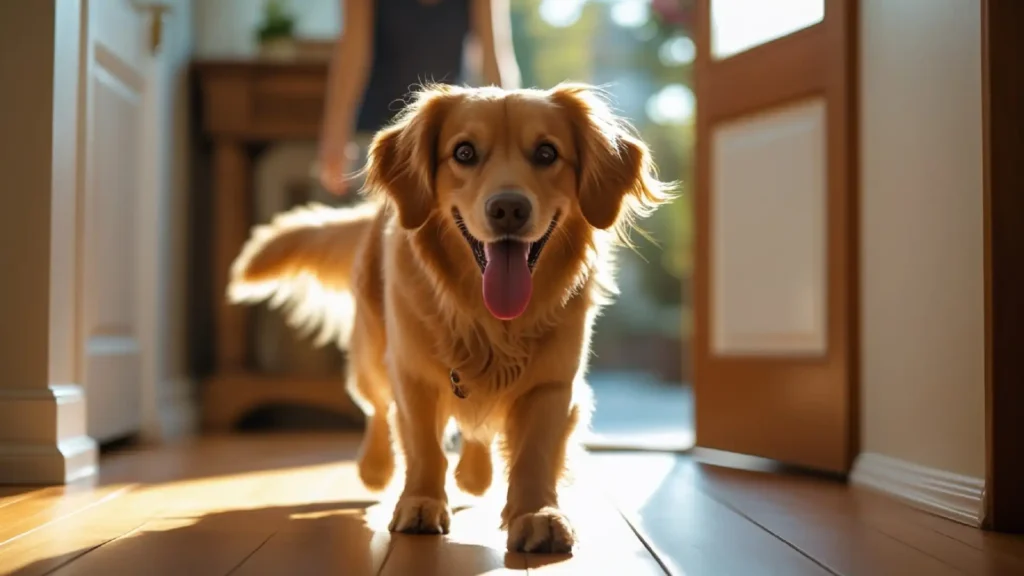Some dogs chase a ball for fun. Others chase prey because it’s in their blood.
When you bring a hunting dog into the field, you see something rare — instinct and training moving as one. But not every breed is built for the same kind of hunt. Some track with their nose, some flush with speed, and others dive into icy water to bring your game back to shore. The question is, which breed fits your hunt best?
The bond between hunter and dog is unlike any other working partnership. Your success depends on how well your dog understands the land, the scent, and your signals. A good match means less struggle and more results. The wrong match means confusion, missed shots, and frustration on both sides.
Choosing the right breed isn’t about what looks tough or fast. It’s about instinct. Each breed has a built-in drive for specific kinds of hunting — waterfowl, upland birds, big game, or small prey. You’ll soon see why understanding these differences gives you an edge before you even step into the woods.
The Power of Instinct: Understanding Hunting Types
Before naming breeds, you must understand what each hunting type demands. This is where many owners make mistakes — they pick a breed for its looks or reputation, not for the kind of game they plan to hunt. But hunting is about precision.
Waterfowl Hunting: This kind of hunting tests endurance and tolerance to cold water. The dog must swim through freezing ponds, wait for long hours, and retrieve birds gently without damage.
Key traits: strong swimmer, soft mouth, patient under command.
Upland Bird Hunting: Here the dog must work on land, flushing out birds from tall grass or brush and retrieving them after the shot. The dog must be fast, responsive, and able to range out without losing contact.
Key traits: high energy, sharp focus, good recall, strong nose.
Big Game Tracking: For deer, elk, or boar, the dog must track a scent trail over long distances and remain calm under pressure. Sometimes, it has to hold or bay large animals without fear.
Key traits: scent-driven, brave, quiet until needed, smart under stress.
Small Game Hunting: For rabbits, raccoons, or squirrels, speed, stamina, and quick reaction are key. The dog must pursue without losing scent trails and communicate the location to the hunter.
Key traits: fast, vocal, determined, focused on chase.
Now, let’s explore the top breeds that lead each category — and what makes them exceptional in real hunts.
The Breeds That Dominate the Hunt
This is where training meets instinct. Every breed listed below has a proven record in the field. But more than that, they bring unique skills that match specific hunting conditions.
Labrador Retriever — The Water Specialist
The Labrador Retriever is unmatched in waterfowl hunting.
This breed’s dense, waterproof coat and strong build let it dive into icy lakes without hesitation. Labs have a soft mouth, meaning they can carry ducks or geese without tearing the flesh.
Their intelligence makes them easy to train. They understand complex hand signals and voice commands. A Lab can sit for hours in a blind without breaking focus, then burst into motion when you give the cue.
This balance of patience and drive is rare.
If you hunt ducks or geese, a well-trained Labrador will make every trip smoother. It retrieves quickly, works silently, and never tires of the job.
German Shorthaired Pointer — The Versatile Hunter
Few breeds can match the range of the German Shorthaired Pointer. This dog can point, retrieve, and track across water and land. It’s the definition of a field general — fast, smart, and adaptable.
Their short coat allows them to move through brush with ease, and their stamina supports long hunts under the sun. They lock onto a scent and hold a firm point, waiting for your signal to flush.
If you want one dog that can handle upland birds, ducks, and trail work, this breed stands at the top.
But it demands structure. Without regular work, it can grow restless. The payoff is worth it — a dog that turns instinct into precision with the right training plan.
Beagle — The Small Game Tracker
When it comes to rabbits, hares, or raccoons, few breeds can rival the Beagle.
Its nose ranks among the strongest in the canine world. Small but tireless, Beagles can track for miles, howling in rhythm as they close in on prey.
Their short legs make them perfect for dense underbrush where larger dogs can’t go. Beagles hunt in packs or solo, and their steady energy keeps them locked on a scent trail for hours.
Their size may mislead new hunters, but don’t let it fool you — this dog has the focus and stamina of breeds twice its weight.
If your goal is small-game hunting, a Beagle offers the perfect mix of agility and tracking power.
English Springer Spaniel — The Upland Expert
The English Springer Spaniel was born for upland bird hunting.
It doesn’t point — it flushes, charging through grass to drive pheasants or quail into the air. Its name comes from its ability to “spring” birds from cover.
These dogs are compact, eager, and loyal. They thrive on teamwork.
They cover ground methodically, staying in range of your gun, and retrieve birds gently after the shot. Their energy is endless, and their obedience makes them one of the most trainable field dogs in the world.
For upland hunters, a Springer brings control and excitement together in perfect balance.
Bloodhound — The Legendary Tracker
For big-game tracking, the Bloodhound stands above all.
Its scenting ability is unmatched. It can follow a trail several days old and miles long. Police units and search teams use them for the same reason hunters do — reliability.
The Bloodhound’s loose skin and long ears are not just looks; they help trap scent particles. It’s calm under stress and single-minded once it picks up a trail.
If you’re tracking wounded deer or boar, this breed won’t quit until the job is done.
It requires patience and space — but with that, you get one of the most skilled tracking companions on earth.
American Foxhound — The Endurance Racer
Built for the chase, the American Foxhound can run for hours without slowing down.
Originally bred for fox hunting, its sharp nose and musical baying make it ideal for small-game pursuits. It has lean muscles, long legs, and a calm, focused nature.
When hunting in packs, Foxhounds move as a unit, each following the scent and alerting others.
For hunters who love long, fast-paced chases through wide land, this breed adds rhythm and precision to every pursuit.
Chesapeake Bay Retriever — The Cold-Water Hero
Few dogs match the toughness of the Chesapeake Bay Retriever.
Bred on the icy shores of Maryland, this breed was designed to dive into freezing water to retrieve ducks. Its oily double coat repels water, and its strong body cuts through waves with ease.
Chesapeakes are independent thinkers — loyal, bold, and protective. They require consistent, confident training but repay it with unmatched work ethic.
For hunters who brave cold climates and rough waters, this dog stands firm when others would turn back.
Weimaraner — The Silent Stalker
The Weimaraner is sleek, fast, and fearless.
Originally bred in Germany for hunting large game, it has evolved into a powerful upland and tracking dog. Its stamina and intelligence make it a favorite among serious hunters.
This breed works close, using both sight and scent. It’s not just strong — it’s strategic, learning to read your cues and move in harmony.
A Weimaraner demands time, patience, and mental stimulation. But when bonded with its handler, it becomes a silent, unstoppable hunter.
Bluetick Coonhound — The Night Tracker
For those who hunt at night, the Bluetick Coonhound shines.
Its deep, resonant voice helps hunters locate it during long chases through the dark. It tracks raccoons, bobcats, and other small game with unmatched precision.
This breed’s drive and endurance make it a legend in night hunting circles. It stays on scent trails through streams, hills, and forests without breaking focus.
Blueticks love their job — and once trained, they’ll chase with passion every single time you release them.
Vizsla — The Energetic Pointer
Hungary’s national dog, the Vizsla, brings both grace and power to the field.
It’s a pointer and retriever in one, thriving on land and in shallow water. With boundless energy, it’s best for hunters who move constantly and want a partner that keeps pace.
Vizslas are affectionate and eager to please, making training enjoyable. Their sleek build allows speed and endurance across open fields.
For upland or mixed hunts, they bring energy, heart, and precision together.
Plott Hound — The Boar Fighter
The Plott Hound was bred to hunt wild boar and bear.
It’s fearless, muscular, and highly intelligent. Its tenacity makes it ideal for hunters chasing tough, dangerous prey.
Plotts have a sharp nose and strong baying voice. They work solo or in packs and are known for their courage.
For serious big-game hunters, this breed represents strength and control under pressure.
Building the Perfect Hunting Partner
Finding the right breed is the start.
Training turns instinct into skill. Without structure, natural talent goes to waste. Here’s what every hunting dog needs to reach full potential.
Every command — sit, stay, heel, recall — forms the base of all fieldwork. If your dog doesn’t obey instantly in calm settings, it won’t perform under pressure. Practice in short, clear sessions every day.
Scent is the soul of hunting. Begin with simple scent trails using feathers or scent dummies. Reward quick recognition. Gradually increase distance and difficulty. Keep it fun.
Hunting dogs have intense drive. Teach them to hold steady until your signal. Controlled excitement separates a disciplined retriever from a reckless one.
Each breed thrives in certain environments — water, grassland, forest. Expose them early to the settings they’ll work in. This builds confidence and familiarity with real conditions.
Stamina keeps hunts safe and productive. Regular swimming, running, and fetch drills strengthen endurance without overexertion.
Healthy muscles mean fewer injuries in the field.
You might think the best hunting dogs are always large or loud — they’re not.
Some of the best trackers are small, quiet, and methodical.
Or you might believe purebreds are the only reliable choice. But some mixed breeds, trained properly, outperform pedigreed dogs in real hunts.
The secret isn’t just in breeding. It’s in how you connect. A hunter who understands the dog’s instincts and tailors training around it will see results that genetics alone can’t predict.
And here’s a truth that surprises many — the best hunting dogs are calm at home.
A balanced hunting partner knows when to switch off. The energy that powers them in the field must rest when the hunt ends. This mental control comes from consistent leadership, not just exercise.
When the right breed meets the right training, something powerful happens.
You stop working against the dog and start working with it. Every gesture, whistle, and movement feels effortless because you both understand the same goal.
That’s the real reward — not just successful hunts, but a bond built through purpose. When your Labrador leaps into the cold without hesitation, or your Beagle’s howl guides you through the brush, you realize this isn’t just sport. It’s teamwork that has existed for centuries.
That unity gives meaning to the hunt. It’s the difference between a dog that performs and a partner that hunts by your side.
The best hunting dog isn’t the one with the loudest bark or fastest sprint. It’s the one whose instincts match your hunting style and whose training brings out discipline, not chaos.
If your hunt involves waterfowl, choose a Lab or Chesapeake Bay Retriever. If you roam fields for upland birds, pick a Springer, Vizsla, or Pointer. If you chase small game, trust the Beagle or Foxhound.
If you track big game, go with the Bloodhound or Plott.
Each dog carries history in its blood — years of breeding for purpose, endurance, and loyalty. As a trainer, I’ve seen what happens when hunters choose well. The field comes alive with precision and harmony.
That’s what every hunter deserves — a dog that doesn’t just follow, but understands.




